 ABBA the Museum, with Stockholm’s longest queues
ABBA the Museum, with Stockholm’s longest queuesVolante
Jack Yan returns to Stockholm after 14 years, finding its flavour changed, but its people as caring and hospitable as ever
Photographed by the author
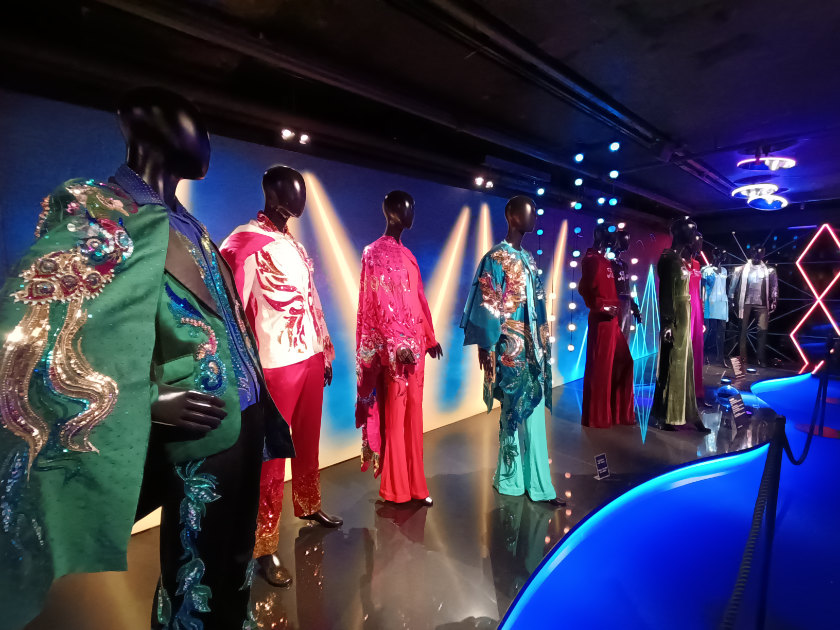


Above: A celebration of all things ABBA in their museum in Djurgården, Stockholm.
It’s hard to understand if my first visits to Sweden in summer 2002 and autumn 2003 were anomalies, or whether the more recent ones—winter 2010 and summer 2024—were. I visited a fully optimistic Stockholm the first time round, gave an address at to their marketing association (MIS), and I was truly excited to be there. I had seen Sweden—a country with roughly double New Zealand’s population—take on the world in everything from fashion retail (H&M) to web publishing, and its music industry was in the global top three of exporters. The founders of Skype and Spotify came from Sweden (in fact, I was introduced to Skype by Swedes). The country was still fairly conservative in some respects—that first time out, Volvos and Saabs dominated the roads, especially the taxi ranks, and the Volvo combi was almost the standard Swedish car. It had a healthy reputation, respected by the world: I even pointed out that people trusted Hans Blix, the UN weapons’ inspector, more because of his nationality.
The MIS audience, which had big names from the likes of American Express, Electrolux and Ericsson, seemed incredulous when I suggested that the one thing missing from the capital was an ABBA museum and themed shops, as they could not conceive that such a thing would be a draw. I was secretly pleased when my good friend Stefan Engeseth shared with me a news clipping some years later that the museum was being planned. The two of us had seen Benny Andersson and Björn Ulvaeus at Östermalmshallen on that first summer, so maybe something was in the Zeitgeist? Fast forward to 2024, and I was delighted to see that the longest queues of any museum in Stockholm was for ABBA the Museum (to give it its official name), frequented by locals and foreigners alike.
It is everything fans dream of: stories of how the band members got together, commemorating not just the ABBA Voyage experience in London but the 50th anniversary of their win at the Eurovision Song Contest, which propelled them—and the country—to worldwide notice. What is particularly fascinating is the picture of Swedish society that the exhibition paints, with its folk parks in the 1960s where Ulvaeus and Andersson had performed in their respective bands, the former in the oddly named but nationally successful Hootenanny Singers. This 1960s Sweden seemed distant and foreign, unknown to all but those in the region, quietly going about its business with a minimum of fuss.
Sweden is, of course, far more than ABBA and H&M, even if these are the brands that help fly its nation brand highly. Walking along Stockholm’s streets in 2024, I spy Filippa K. and Stutterheim rainwear as well as H&M, so its success stories continue, but the sense of optimism I detected in the first years of the century wasn’t as present. Sweden seemed more distant, happy to cater to its region only, while homogeneity set in on the streets (Corollas, Camrys, and Mercedes-Benz EQEs took over the taxi ranks). The climate this summer, more humid than on those first visits, didn’t help, something confirmed to me by Skåne-raised, locally based artist Timothy Atkins, painting by the Nobel Prize Museum. He assured me that I hadn’t imagined the greater humidity. I said Stockholm had its own song, the unofficial anthem of ‘Sakta vi gå genom stan’. He agreed, but he noted there was a melancholy in the tune that made it distinctly Swedish.
continued below
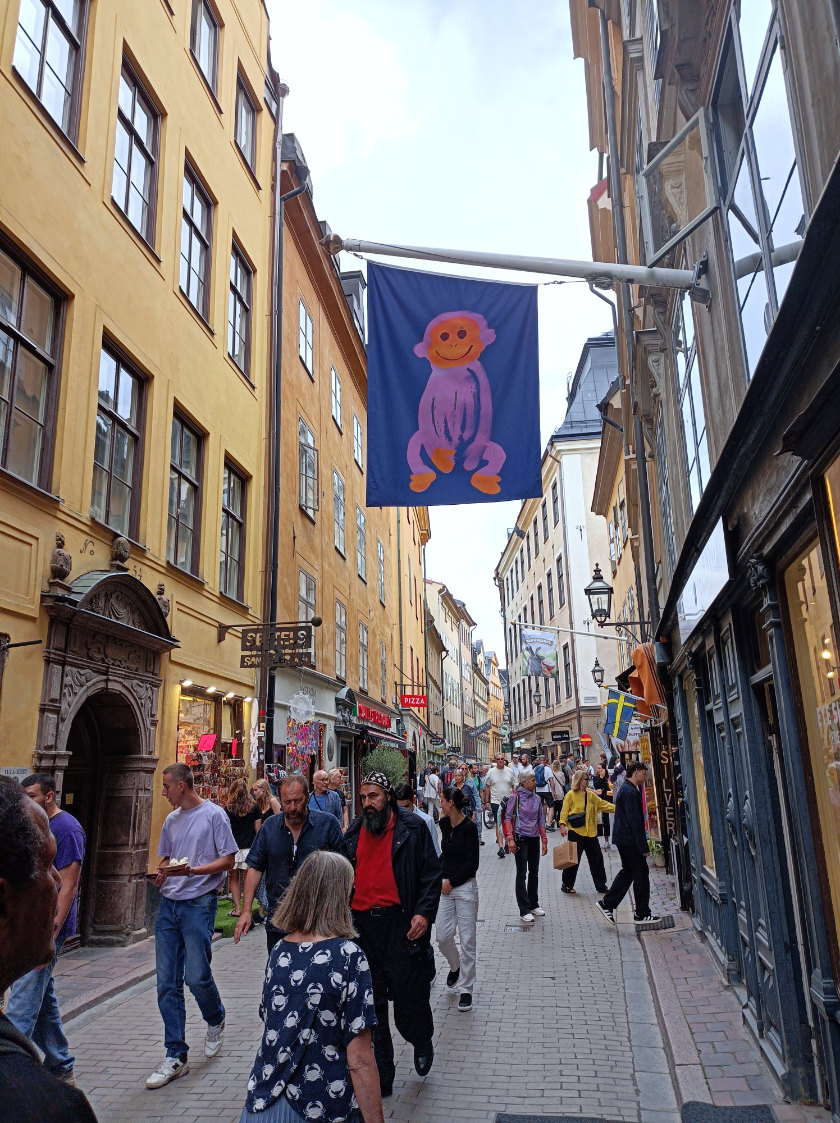
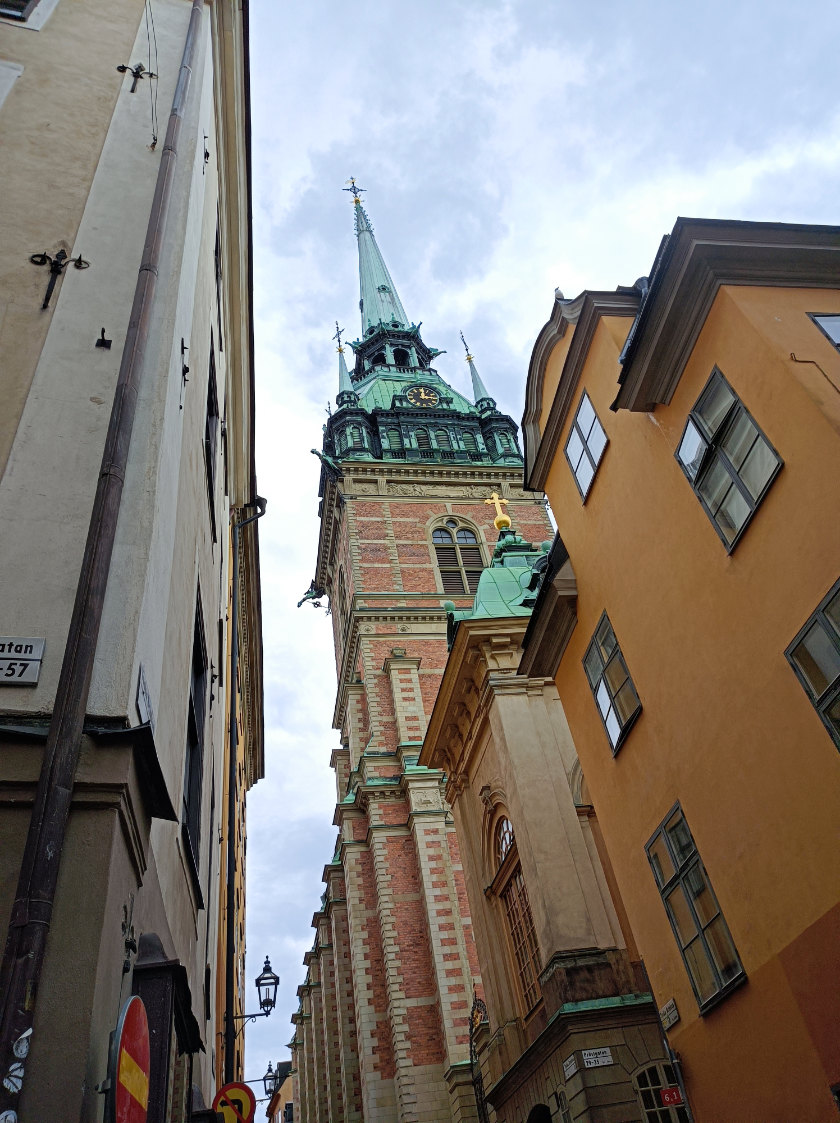
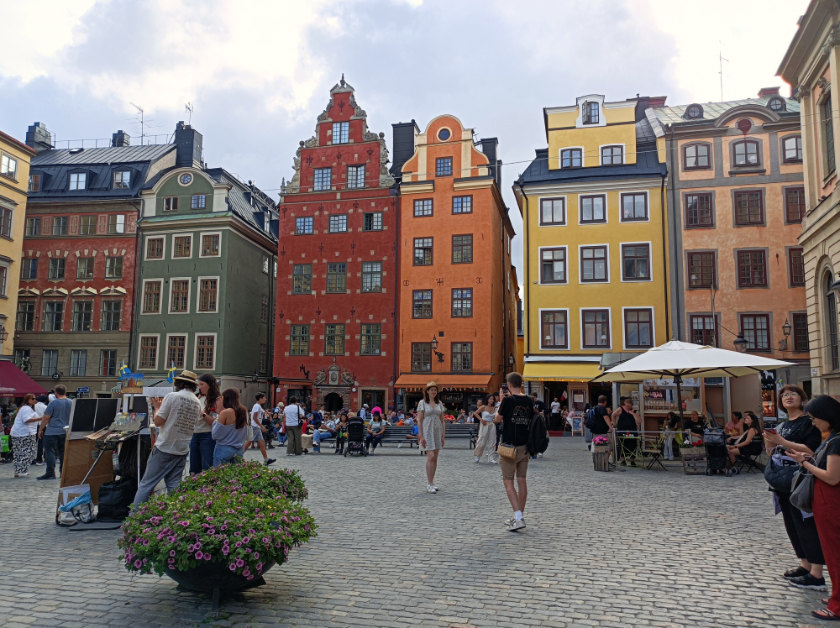
Sights from Gamla Stan, Stockholm’s old town.
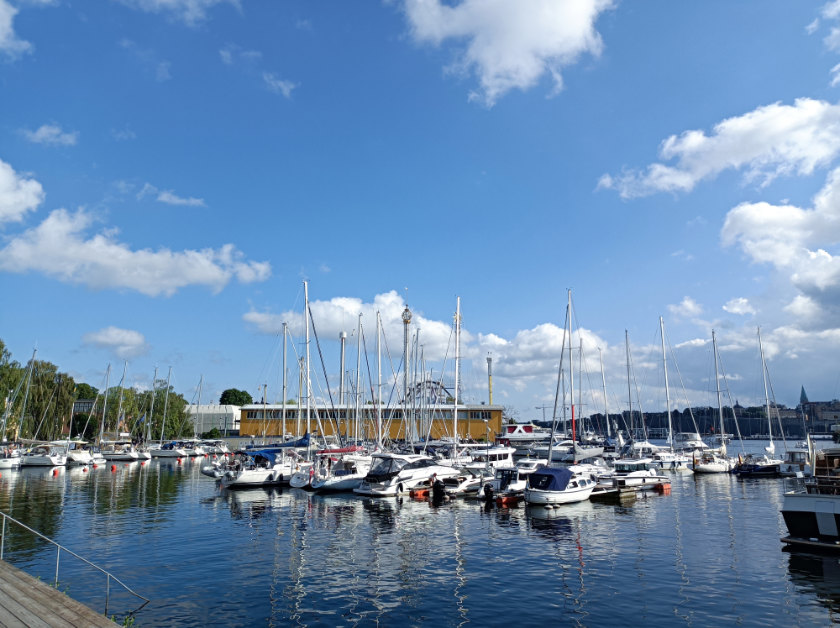
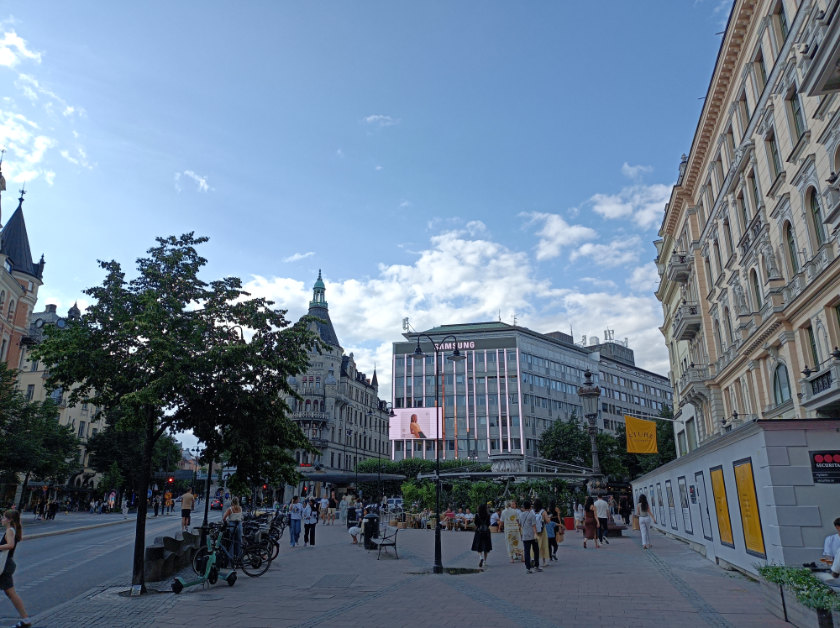
Pleasant walking along Djurgården and Östermalm.
Sweden’s diversity certainly made it more interesting and thankfully I didn’t stick out quite as much as in 2002, but there was a sense that laurels were being rested on. We flew in via SAS, an airline that did nothing particularly special, and wanted to charge for still water. Many of the city’s eateries were passable, but the quality wasn’t commensurate with the price. (You’re better off visiting various Thai takeaways.) The economic climate, including high interest rates, hadn’t helped, despite high foreign direct investment, so Swedes seem to have hunkered down with lagom, the notion that one must live in moderation, and it made us long for the higher quality of food back in New Zealand.
Sweden isn’t alone, I should note: I would be asked, especially in the 2003 visit, about The Lord of the Rings whenever someone found out I was a New Zealander; now the general knowledge about Aotearoa is centred on our COVID-19 response and the reality series Border Patrol. We’ve gone from being known for scenic beauty to a country that doesn’t let anything in. Is the world simply a more discrete place in 2024?
Venison meatballs at the Viking Museum did hold up, mind, and that proved to be a great place to explore, and a walk along nearby Djursgården remained as pleasant in 2024 as it did when I first visited. We didn’t sample the Cleopatra cruise around the archipelago this time, but we are assured that it remains top-notch.
I still love the country, because ultimately it is the heart of the people that make any place real and alive. On this front we had few complaints. Swedes are as friendly and as understanding toward their visitors as ever, with the exception of one dodgy taxi driver who overcharged (avoid LA Taxis, stick with the local advice, which is to take Stockholm Taxis or Taxi 020). Staying at the Hotel Hornsgatan (Hornsgatan 66b), on one of Södermalm’s main avenues, proved to be a wise choice as we were looked after by Clara Elinder and her able team of Penelope and Ida on the front desk, and the ever-present cleaning crew who efficiently and patiently got the rooms ready.
Elinder’s philosophy of get-it-done appealed to us. As the hotel’s proprietor, she took matters personally. She was filled with local advice and always had useful information, be it medical or touristic, delivered with a love of her city. They couldn’t have been more accommodating. Pro tip: choose room 4 if you can, as it overlooks Hornsgatan, and you can enjoy the views of the city. The 1907 building has high ceilings in most of the rooms, making them particularly restful. English is spoken for those of us who are not as well versed in Swedish.
It’s also well placed between supermarket branches of Coop, ICA and Willy’s, if you wanted to shop and cook yourself, and the Hotel Hornsgatan has a guest kitchen.
The Swedish health system proved efficient when we needed to rely on it, even for foreigners, with professional nurses and doctors.
The long days were initially a novelty, but this time we only had a few people we wanted to see, and so many had departed for their summer holidays, leaving the streets emptier than usual. In the past each day would be filled with a myriad appointments, so the long days were welcome. You felt you constantly had the energy of daytime with you. This time, it was harder to relax, and the distance between Sweden and the rest of the world seemed greater. I know we can’t re-create the past, but I hope those heady days when everything cool seemed to be Swedish return. •
Jack Yan is founder and publisher of Lucire.
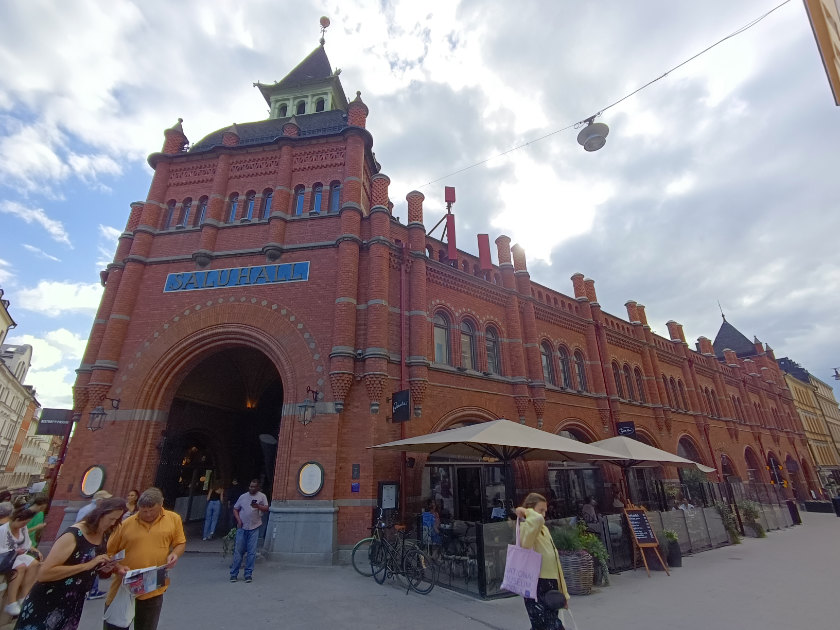
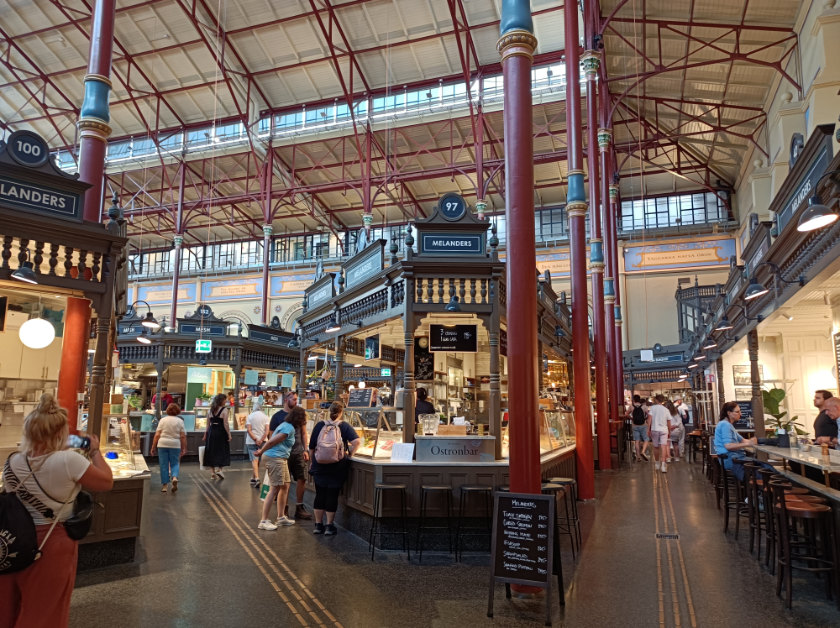
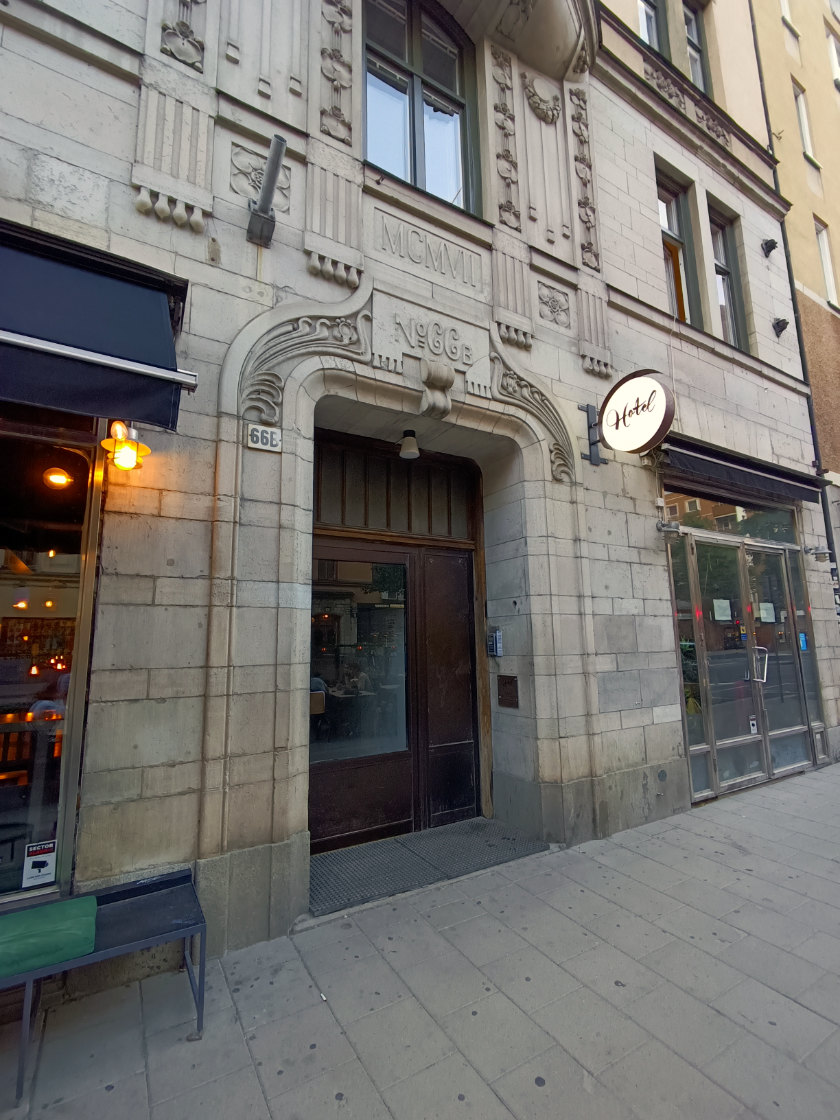
Above, from top: The Saluhall in Östermalm. Inside Östermalmshallen. The Hotel Hornsgatan’s façade.
Related articles hand-picked by our editors

Otherworldly
Stanley Moss seeks a proper retreat, without too-trendy eco-adventure add-ons, and finds two unspoiled, isolated destinations in Eilean Shona in Scotland and Biby Gård in Sweden
Photographed by Paula Sweet

Stutterheim marks the Swedish mood
Stutterheim Raincoats’ website conveys a very Swedish feel, touching on one of the emotions we don’t always associate with Sweden: melancholy during the winter
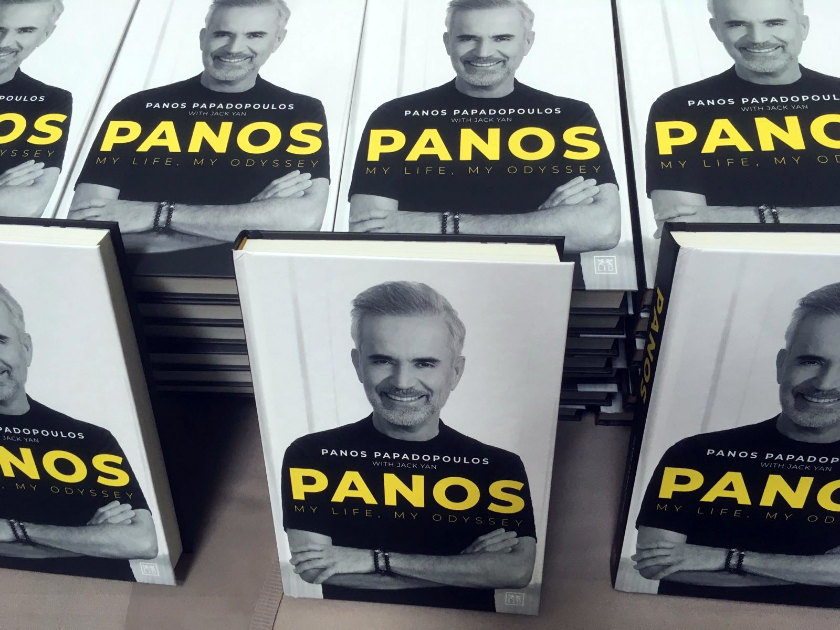
Panos Papadopoulos launches his autobiography in Stockholm
Panos Papadopoulos’s autobiography is officially launched, and available through Europe and the UK, with electronic versions available worldwide